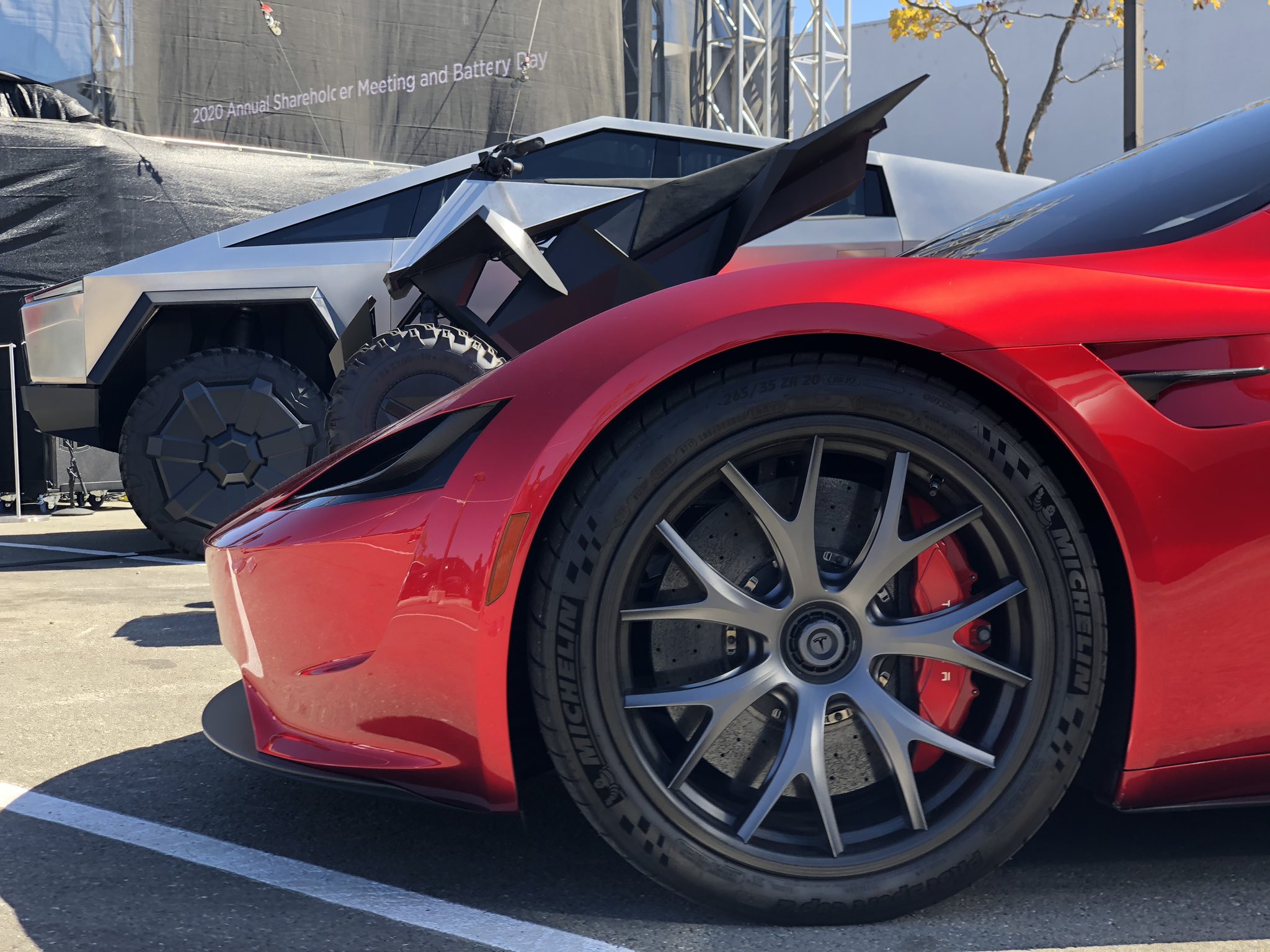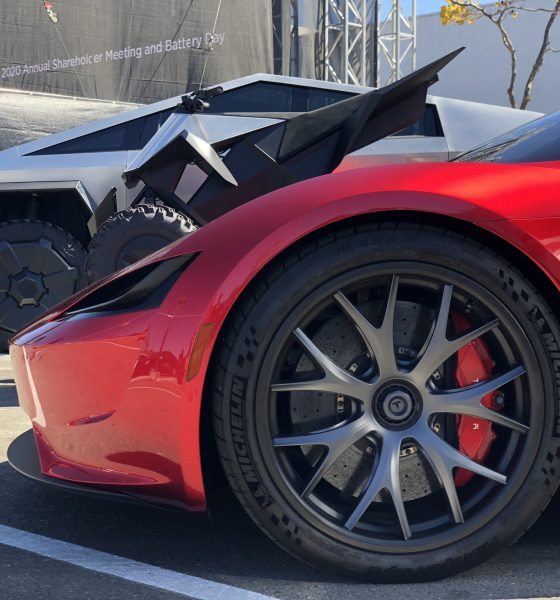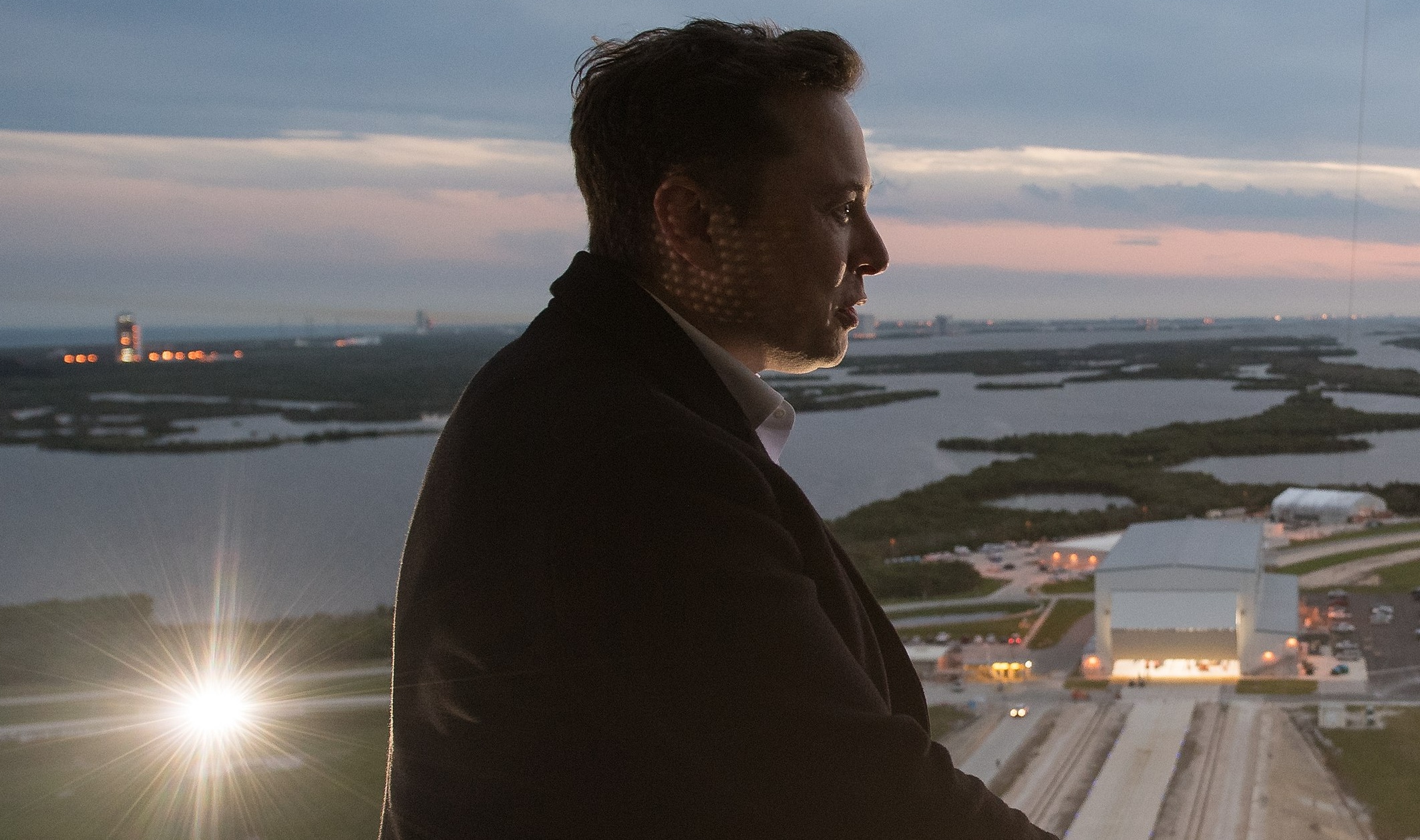

News
Tesla’s dominance is causing other companies to adopt a ‘fake it ’til we make it’ strategy
Tesla’s dominance in the automotive sector has proven to be one of the industry’s biggest surprises in its long and storied history. Because of the whirlwind of support that Tesla and its initiatives have received, along with the increasingly dominant numbers that the company displays quarterly, Tesla is undoubtedly the biggest influencer in the car industry today. After the company’s increasingly apparent dominance has been recognized by the long and storied auto manufacturers of the American vehicle market, a “fake it ’til we make it” strategy has been adopted by several of these entities, and it has not always worked out in the most favorable fashion.
Legacy automakers have spent over a hundred years dominating and influencing the look, design, and overall appeal of “the car.” Before 2008, electric cars were never a huge deal. They weren’t available for purchase, and many car buyers figured that buying Hybrid vehicles was enough for the environmental concerns to go away in the short-term. As a result, nobody, including some of the most seasoned and informed automotive executives, figured that for the foreseeable future, business would carry on as usual. People would continue buying gas-powered cars that fit their bill of needs and their finances, and that would be that. People would accept the constantly-rising gas prices and continue to drive cars that were manufactured by companies that have been in business for decades, simply because they’re trustworthy, and that is what was most ideal.
And, who could blame them? In 2007, nobody truly thought that EVs would be a major player in the automotive market within 5-10 years. Nobody knew that a little-known entrepreneur from South Africa had a plan to disrupt the automotive industry as a whole. Nobody knew that eventually, gas-powered cars would be exposed as inferior to battery-powered vehicles because nobody had figured out the innovation.
In reality, when the tech bubble began to burst, it was only a matter of time before cars became less of a transportation means and more of a software device. Tesla really drove this point into fruition with its electric cars, especially when software updates and Over-the-Air upgrades became available to owners. But while Tesla continues to uncover the secrets behind the disruption of the automotive sector, it continues to extend its lead in the development of electric cars. The lead has gotten to a point where car companies are coming up with ways to “fake it until they make it,” and it has cost some of the most notable names in the industry, and some up-and-comers, their spot as potential forces in EV production.
The most notable is Nikola, who was exposed in September 2020 by Hindenburg Research. Earlier this morning, General Motors, who had announced a partnership with Nikola on September 8th, completely scrapped any partnership involving EVs and noted that their jointed effort would only deal with hydrogen fuel-cell vehicles. This ultimately led to Nikola announcing that its all-electric truck, the Badger, had no timetable for completion. Ultimately, the faking strategy paid dividends in the short term, as Nikola had gained some momentum on Wall Street before the Hindenburg report was released. Now, the company has been exposed, and GM bailed out of a multi-billion dollar partnership that would have established Nikola as a player in the EV pickup game.
Other automakers who have promised to initiative efforts to transition to BEV development and production are out there. Ford, GM, and Volkswagen have all worked toward establishing electric vehicle production lines in an effort to move away from petrol-powered engines. However, only time will tell if these companies remain serious about their efforts. While Volkswagen has been extremely vocal about its support for electrification, Ford has also outlined plans to begin battery cell manufacturing efforts, and GM has plans to expand its line of electric cars with the upcoming Hummer EV.
Ultimately, nobody likes to be lagging behind, and the car companies that have long dominated the automotive sector are more than likely not used to being second-fiddle, especially to a company that has only built cars for twelve years. The lesson in the development of EVs is that adopting the technologies must be done efficiently. There is no room for dragging feet. There is no time to delay the efforts. These companies must adopt the realization that EVs are the future of the auto sector. Without a plan in place, Tesla’s lead will continue to widen, and the long-standing American car companies will be, for the first time ever, left in the dust.

News
Tesla FSD’s newest model is coming, and it sounds like ‘the last big piece of the puzzle’
“There’s a model that’s an order of magnitude larger that will be deployed in January or February 2026.”

Tesla Full Self-Driving’s newest model is coming very soon, and from what it sounds like, it could be “the last big piece of the puzzle,” as CEO Elon Musk said in late November.
During the xAI Hackathon on Tuesday, Musk was available for a Q&A session, where he revealed some details about Robotaxi and Tesla’s plans for removing Robotaxi Safety Monitors, and some information on a future FSD model.
While he said Full Self-Driving’s unsupervised capability is “pretty much solved,” and confirmed it will remove Safety Monitors in the next three weeks, questions about the company’s ability to give this FSD version to current owners came to mind.
Musk said a new FSD model is coming in about a month or two that will be an order-of-magnitude larger and will include more reasoning and reinforcement learning.
He said:
“There’s a model that’s an order of magnitude larger that will be deployed in January or February 2026. We’re gonna add a lot of reasoning and RL (reinforcement learning). To get to serious scale, Tesla will probably need to build a giant chip fab. To have a few hundred gigawatts of AI chips per year, I don’t see that capability coming online fast enough, so we will probably have to build a fab.”
NEWS: Elon Musk says FSD Unsupervised is “pretty much solved at this point” and that @Tesla will be launching Robotaxis with no safety monitors in about 3 weeks in Austin, Texas. He also teased a new FSD model is coming in about 1-2 months.
“We’re just going through validation… https://t.co/Msne72cgMB pic.twitter.com/i3wfKX3Z0r
— Sawyer Merritt (@SawyerMerritt) December 10, 2025
It rings back to late November when Musk said that v14.3 “is where the last big piece of the puzzle finally lands.”
With the advancements made through Full Self-Driving v14 and v14.2, there seems to be a greater confidence in solving self-driving completely. Musk has also personally said that driver monitoring has been more relaxed, and looking at your phone won’t prompt as many alerts in the latest v14.2.1.
This is another indication that Tesla is getting closer to allowing people to take their eyes off the road completely.
Along with the Robotaxi program’s success, there is evidence that Tesla could be close to solving FSD. However, it is not perfect. We’ve had our own complaints with FSD, and although we feel it is the best ADAS on the market, it is not, in its current form, able to perform everything needed on roads.
But it is close.
That’s why there is some legitimate belief that Tesla could be releasing a version capable of no supervision in the coming months.
All we can say is, we’ll see.
Investor's Corner
SpaceX IPO is coming, CEO Elon Musk confirms
However, it appears Musk is ready for SpaceX to go public, as Ars Technica Senior Space Editor Eric Berger wrote an op-ed that indicated he thought SpaceX would go public soon. Musk replied, basically confirming it.

Elon Musk confirmed through a post on X that a SpaceX initial public offering (IPO) is on the way after hinting at it several times earlier this year.
It also comes one day after Bloomberg reported that SpaceX was aiming for a valuation of $1.5 trillion, adding that it wanted to raise $30 billion.
Musk has been transparent for most of the year that he wanted to try to figure out a way to get Tesla shareholders to invest in SpaceX, giving them access to the stock.
He has also recognized the issues of having a public stock, like litigation exposure, quarterly reporting pressures, and other inconveniences.
However, it appears Musk is ready for SpaceX to go public, as Ars Technica Senior Space Editor Eric Berger wrote an op-ed that indicated he thought SpaceX would go public soon.
Musk replied, basically confirming it:
As usual, Eric is accurate
— Elon Musk (@elonmusk) December 10, 2025
Berger believes the IPO would help support the need for $30 billion or more in capital needed to fund AI integration projects, such as space-based data centers and lunar satellite factories. Musk confirmed recently that SpaceX “will be doing” data centers in orbit.
AI appears to be a “key part” of SpaceX getting to Musk, Berger also wrote. When writing about whether or not Optimus is a viable project and product for the company, he says that none of that matters. Musk thinks it is, and that’s all that matters.
It seems like Musk has certainly mulled something this big for a very long time, and the idea of taking SpaceX public is not just likely; it is necessary for the company to get to Mars.
The details of when SpaceX will finally hit that public status are not known. Many of the reports that came out over the past few days indicate it would happen in 2026, so sooner rather than later.
But there are a lot of things on Musk’s plate early next year, especially with Cybercab production, the potential launch of Unsupervised Full Self-Driving, and the Roadster unveiling, all planned for Q1.
News
Tesla adds 15th automaker to Supercharger access in 2025

Tesla has added the 15th automaker to the growing list of companies whose EVs can utilize the Supercharger Network this year, as BMW is the latest company to gain access to the largest charging infrastructure in the world.
BMW became the 15th company in 2025 to gain Tesla Supercharger access, after the company confirmed to its EV owners that they could use any of the more than 25,000 Supercharging stalls in North America.
Welcome @BMW owners.
Download the Tesla app to charge → https://t.co/vnu0NHA7Ab
— Tesla Charging (@TeslaCharging) December 10, 2025
Newer BMW all-electric cars, like the i4, i5, i7, and iX, are able to utilize Tesla’s V3 and V4 Superchargers. These are the exact model years, via the BMW Blog:
- i4: 2022-2026 model years
- i5: 2024-2025 model years
- 2026 i5 (eDrive40 and xDrive40) after software update in Spring 2026
- i7: 2023-2026 model years
- iX: 2022-2025 model years
- 2026 iX (all versions) after software update in Spring 2026
With the expansion of the companies that gained access in 2025 to the Tesla Supercharger Network, a vast majority of non-Tesla EVs are able to use the charging stalls to gain range in their cars.
So far in 2025, Tesla has enabled Supercharger access to:
- Audi
- BMW
- Genesis
- Honda
- Hyundai
- Jaguar Land Rover
- Kia
- Lucid
- Mercedes-Benz
- Nissan
- Polestar
- Subaru
- Toyota
- Volkswagen
- Volvo
Drivers with BMW EVs who wish to charge at Tesla Superchargers must use an NACS-to-CCS1 adapter. In Q2 2026, BMW plans to release its official adapter, but there are third-party options available in the meantime.
They will also have to use the Tesla App to enable Supercharging access to determine rates and availability. It is a relatively seamless process.








